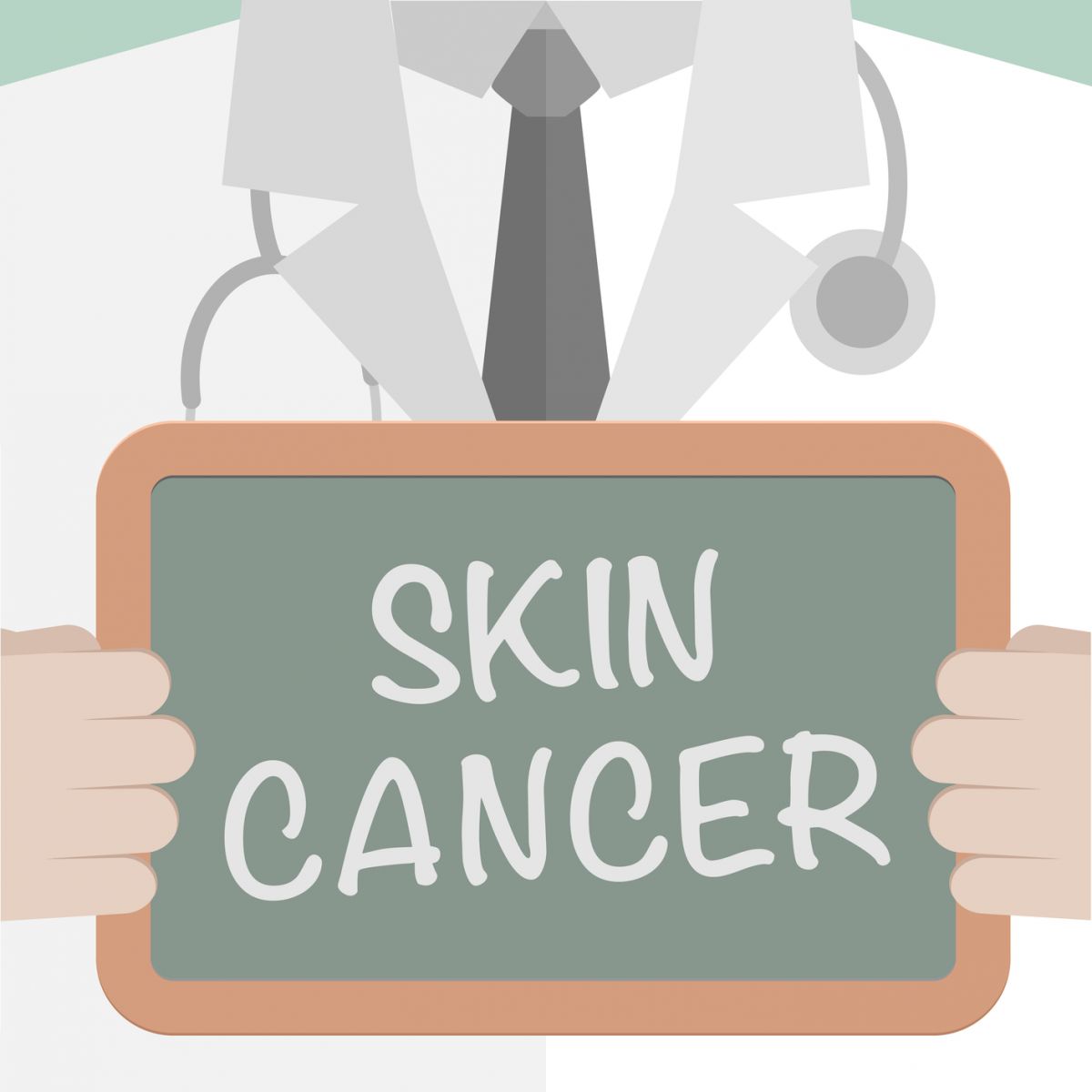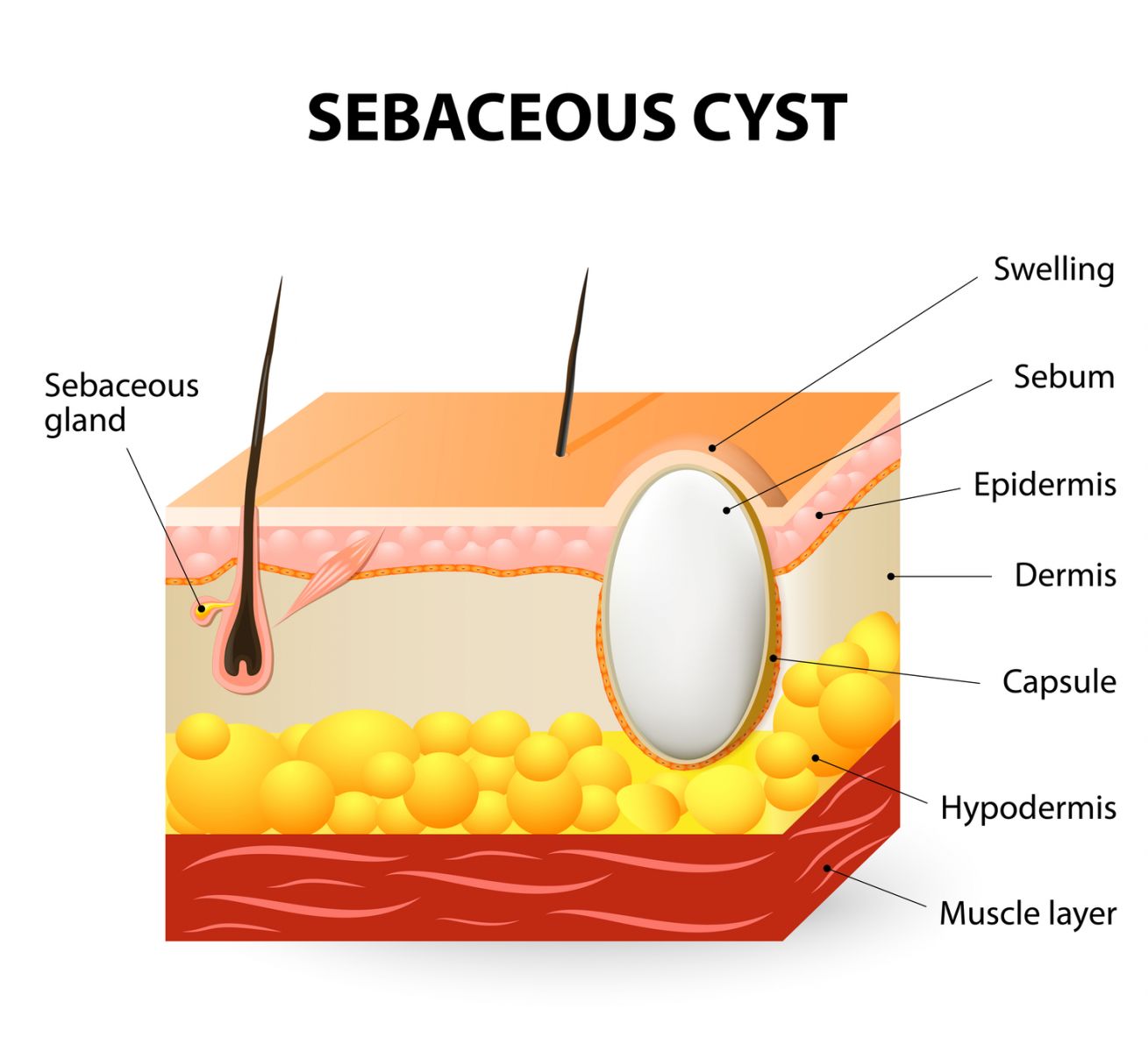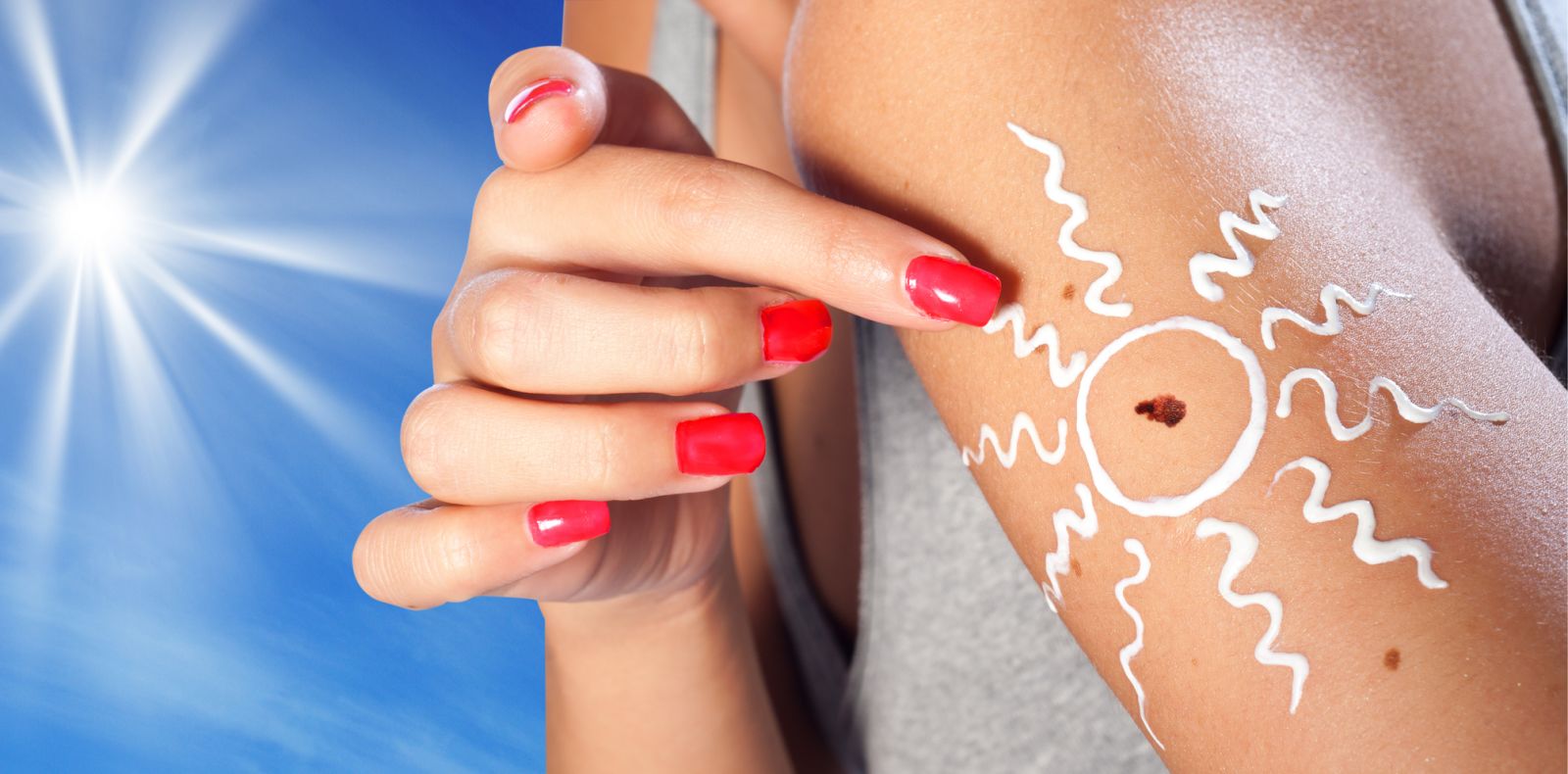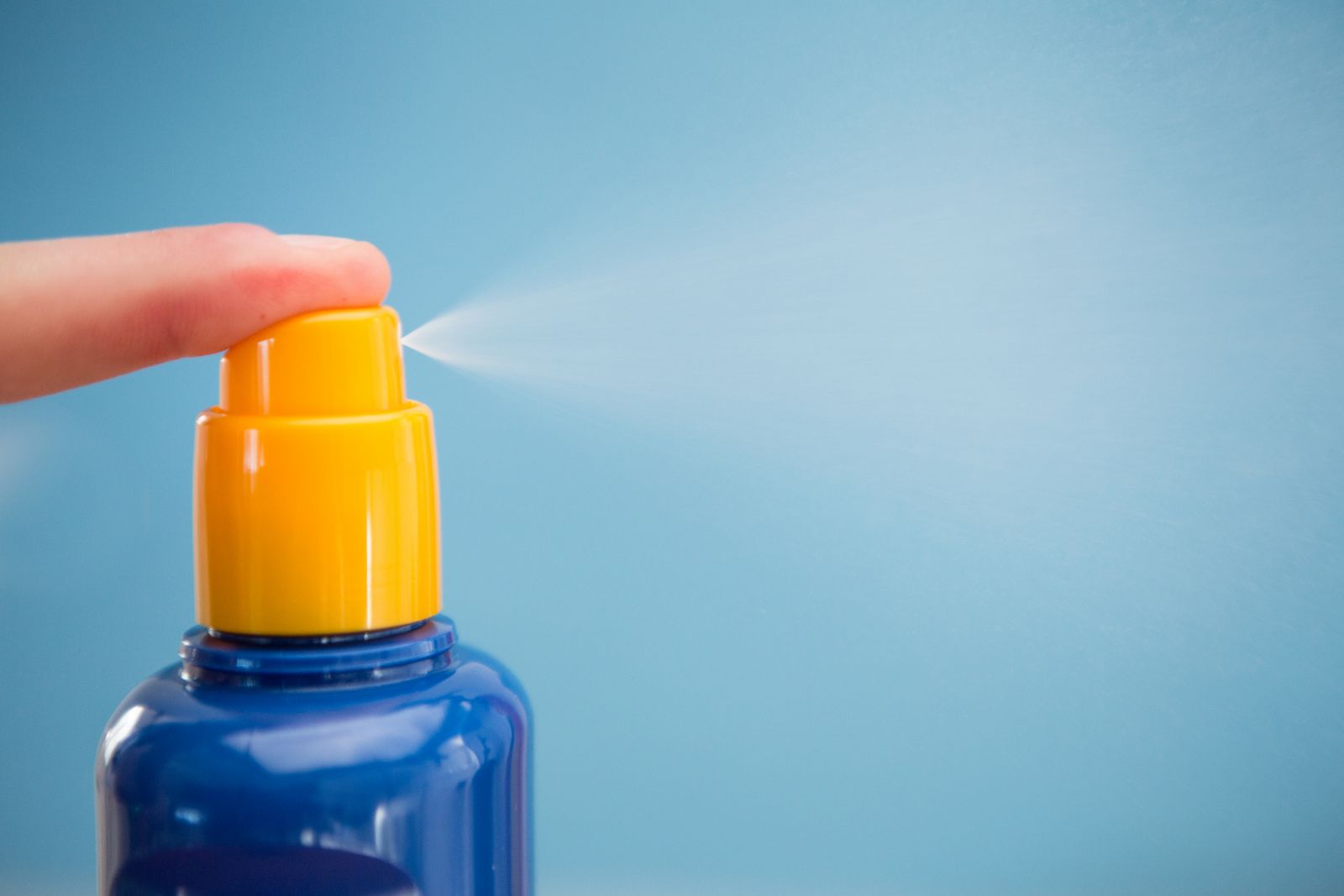Welcome to the DermacenterMD Blog
Posts for category: Uncategorized
 Melanoma is a dangerous and potentially life threatening form of skin cancer. It can happen to anyone at any age. It is important to know the following six facts about this serious form of skin cancer. It could save your life!
Melanoma is a dangerous and potentially life threatening form of skin cancer. It can happen to anyone at any age. It is important to know the following six facts about this serious form of skin cancer. It could save your life!
- Sustaining 5 or more sunburns in youth increases lifetime melanoma risk by 80 percent.
- Regular daily use of an SPF 15 or higher sunscreen reduces the risk of developing squamous cell carcinoma by 40 percent and the risk of developing melanoma by 50 percent.
- Sustaining 5 or more sunburns in youth increases lifetime melanoma risk by 80 percent.20
- Regular daily use of an SPF 15 or higher sunscreen reduces the risk of developing squamous cell carcinoma by 40 percent and the risk of developing melanoma by 50 percent.
- Melanoma is the most common form of cancer for young adults 25-29 years old and the second most common form of cancer for young people 15-29 years old.17
Source:
http://www.skincancer.org/skin-cancer-information/skin-cancer-facts#indoor
 A cyst is very similar to a blister. It is a closed capsule or sac-like structure that is typically filled with liquid, semisolid or gaseous material. They can occur on any part of the body. They can be microscopic to very large in size. Some cysts have been known to be so large that they displace internal organs. There are many different causes for cysts including: tumors, genetic conditions, infections, a defect in the cells, blockages of ducts in the body, a parasite, impact injury that breaks a vessel and more.
A cyst is very similar to a blister. It is a closed capsule or sac-like structure that is typically filled with liquid, semisolid or gaseous material. They can occur on any part of the body. They can be microscopic to very large in size. Some cysts have been known to be so large that they displace internal organs. There are many different causes for cysts including: tumors, genetic conditions, infections, a defect in the cells, blockages of ducts in the body, a parasite, impact injury that breaks a vessel and more.
Cysts can be either benign or malignant. This means they have the potential to harmful. Most cysts are benign and are therefore harmless. However, some cysts may be tumors and are formed inside tumors and are potentially malignant. There are several different treatments for cysts depending on how large it is and where it is located. If it is a significant cyst, it may need to be removed surgically. Cysts may also be drained to relieve pressure. If the cysts become inflamed, it may be injected with a cortisone medication.
If you have a cysts that is of concern to you, come in to have it evaluated. A biopsy may be performed. It is always best to have a cyst evaluated. Call our office today at 574-522-0265
 If you’re considering having a cosmetic procedure done to enhance your natural beauty and reduce the signs of aging, your first reaction may be to contact a plastic surgeon’s office or perhaps go to your local spa. While these places can provide excellent treatment, there is no better option than having a board-certified dermatologist perform your cosmetic procedure. Here at DermacenterMD, Dr. Roger Moore, a skin care expert, will personally evaluate your needs and perform your procedure.
If you’re considering having a cosmetic procedure done to enhance your natural beauty and reduce the signs of aging, your first reaction may be to contact a plastic surgeon’s office or perhaps go to your local spa. While these places can provide excellent treatment, there is no better option than having a board-certified dermatologist perform your cosmetic procedure. Here at DermacenterMD, Dr. Roger Moore, a skin care expert, will personally evaluate your needs and perform your procedure.
There is no other medical profession that is more highly trained in the skin than dermatology. A dermatologist has dedicated their life to the study and care of the skin, hair and nails. When you come in for a consultation with Dr. Moore, you will not only be able to express your desire for a specific cosmetic procedure, but also you can express any other skin, cosmetic or aging concerns you may have. Dr. Moore can lead you in the right direction to get your skin looking youthful, fresh and beautiful.
You can change your image and the way people perceive you thought the innovative cosmetic procedures offered here at DermacenterMD. Dr. Moore offers treatments such as Botox and Dysport, fillers, laser facial rejuvenation, photo rejuvenation, laser hair reduction, microdermabrasion, ProFractional laser therapy, laser vein therapy and more. Many of Dr. Moore’s patients travel from all over the Michiana area, including South Bend, Goshen, Mishawaka and Michigan to receive the professional and expert care they know they will receive at DermacenterMD. So, if you’re considering cosmetic procedures to improve your appearance there is no better option than choosing a board-certified skin expert like Dr. Roger Moore.
We welcome you to give our office a call at 574-522-0265 to schedule your consultation today.

This week's blog post comes from the Skin Cancer Foundation.
The Major Cause
Both long-term sun exposure over your lifetime and occasional extended, intense exposure (typically leading to sunburn) combine to cause damage that can lead to BCC. Almost all BCCs occur on parts of the body excessively exposed to the sun — especially the face, ears, neck, scalp, shoulders, and back. On rare occasions, however, tumors develop on unexposed areas. In a few cases, contact with arsenic, exposure to radiation, open sores that resist healing, chronic inflammatory skin conditions, and complications of burns, scars, infections, vaccinations, or even tattoos are contributing factors. It is not possible to pinpoint a precise, single cause for a specific tumor, especially one found on a sun-protected area of the body or in an extremely young individual.
Who Gets It?
Anyone with a history of sun exposure can develop BCC. However, people who are at highest risk have fair skin, blond or red hair, and blue, green, or grey eyes. The tendency to develop BCC may also be inherited. Those most often affected are older people, but as the number of new cases has increased sharply each year in the last few decades, the average age of patients at onset has steadily decreased. The disease is rarely seen in children, but occasionally a teenager is affected. Dermatologists report that more and more people in their twenties and thirties are being treated for this skin cancer.
Men with BCC have outnumbered women with the disease, but more women are getting BCCs than in the past. Workers in occupations that require long hours outdoors and people who spend their leisure time in the sun are particularly susceptible.
Risk of Reccurence
People who have had one BCC are at risk for developing others over the years, either in the same area or elsewhere on the body. Therefore, regular visits to a dermatologist should be routine so that not only the site(s) previously treated, but the entire skin surface can be examined.
BCCs on the scalp and nose are especially troublesome, with recurrences typically taking place within the first two years following surgery.
Should a cancer recur, the physician might recommend a different type of treatment. Some methods, such as Mohs micrographic surgery, may be highly effective for recurrences.
When Sunscreen Safety is Called Into Question
The Skin Cancer Foundation
Source: www.skincancer.org
For years, dermatologists have told us sunscreen protects skin. Now, many people are questioning that advice after an environmental group challenged the safety of many popular brands.
"Patients are confused," said Dr. Darrell S. Rigel, a clinical professor of dermatology at New York University who is a skin cancer researcher. "I've had patients come in and ask, 'Am I harming myself by using it?' I've spent a lot of time talking to people about it."
The latest report comes from the Environmental Working Group, which claims that in an investigation of nearly 1,000 sunscreen products, four out of five offer inadequate protection from the sun or contain ingredients that may pose a health risk.
But dermatologists who reviewed the group's research say the biggest problem is that it lacks scientific rigor. In particular, they are critical of a sunscreen rating system that they say is arbitrary and without basis in any accepted scientific standard.
"What they are doing is developing their own system for evaluating things," said Dr. Warwick L. Morison, professor of dermatology at Johns Hopkins and chairman of the Skin Cancer Foundation's photobiology committee, which tests sunscreens for safety and effectiveness. "Using this scale to say a sunscreen offers good protection or bad protection is junk science."
Dr. Morison has no financial ties to sunscreen makers, and his work with the Skin Cancer Foundation is unpaid. Sonya Lunder, a senior analyst with the Environmental Working Group, said the database and rating system were based on an extensive review of the medical literature on sunscreens. Of nearly 1,000 sunscreens reviewed, the group recommends only 143 brands. Most are lesser-known brands with titanium and zinc, which are effective blockers of ultraviolet radiation. But they are less popular with consumers because they can leave a white residue.
The group is especially concerned about the safety of a compound called oxybenzone, which is used in most popular sunscreens. But the research on oxybenzone is limited.
Most recently, the Centers for Disease Control and Prevention analyzed 2,517 urine samples collected in 2003-4 from a representative sample of the population over age 6 as part of a national health and nutrition survey. The analysis, published this month in the journal Environmental Health Perspectives, found oxybenzone in 97 percent of the samples.
The study goes on to note that human exposure to oxybenzone "has not been associated with adverse health effects" and that sunscreen is an important tool to protect against sunburn and skin cancer. But the researchers said further study was needed to determine whether the chemical had any meaningful effect on the body.
"What's the meaning of it?" said Dr. Rigel, who has consulted for sunscreen makers. "Nobody's seen any problems from years of these agents being used. To call it dangerous is misleading."
A few animal studies have raised concerns that oxybenzone could disrupt endocrine functions. Several researchers say that this is a theoretical concern and that no such effect has been shown in humans.
Another study, published two years ago in Free Radical Biology and Medicine, raised troubling concerns about what happens when sunscreen is absorbed into the skin and reacts with the sun. The report suggested that under certain conditions, sunscreens with oxybenzone and other ultraviolet filters could lead to free-radical damage to the skin, a process that in theory could lead to skin cancer. The study used laboratory models of skin, so some researchers say it is not a reliable indicator of what happens in people.
But the authors noted that the damage occurred only when ultraviolet light reached sunscreen that had penetrated the skin. The solution, they say, is to keep applying sunscreen to block out the UV rays. "It may seem counterintuitive, but by reapplying sunscreen we protect ourselves from the UV light reaching any of the UV-filters that may have penetrated to the skin," said Kerry M. Hanson, the lead author of the report and a senior research scientist at the University of California, Riverside. "At this point, I don't think there's enough evidence to firmly claim that sunscreens containing oxybenzone are unsafe."
Still, Dr. Hanson added that the UV filters used in sunscreens needed testing "to give us a better understanding of how these molecules behave in the skin."
One solution, she said, may be to add antioxidants to sunscreen to counter the effect. She said she had consulted with sunscreen makers on the issue.??
The Food and Drug Administration is preparing rules that will give consumers more information on the label about the sunscreens they buy. Most doctors still recommend sunscreens with a high SPF number and a combination of avobenzone and oxybenzone, ingredients that protect the skin from two types of ultraviolet rays, UVA and UVB.
Avobenzone, also called Parsol 1789, can degrade quickly in the sun. But many top brands, including Johnson & Johnson's Neutrogena with Helioplex, Aveeno with Active Photobarrier Complex and several Coppertone brands, are formulated to prevent that. L'Oreal products containing the new ingredient Mexoryl also offer broad-spectrum protection, doctors say.
It is important to keep in mind that sunscreen is only one way to protect the skin. Not only do people typically not use enough sunscreen, but they don't take other steps to protect themselves from the harmful effects of the sun.
"People focus so much on sunscreens," Dr. Morison said. "It should be a package of protection. A hat, staying out of the sun, avoiding the hottest part of the day and covering up are all part of the whole story. It's not just the sunscreen."
Archive:
Tags
- dry skin (2)
- moisturizer (1)
- sensitive skin (3)
- PA (2)
- Skincare (2)
- skin cancer (29)
- cancer (6)
- facts (1)
- skin (19)
- dermatology (22)
- skin care (19)
- cosmetic (2)
- wrinkles (1)
- Botox (4)
- Dysport (3)
- sleep (1)
- look good (1)
- daily routine (1)
- healthy lifestyle (1)
- doctor (2)
- patient (1)
- sun protection (5)
- sunscreen (14)
- aging dermatology (1)
- providers (1)
- tanning (2)
- sun (6)
- UVA rays (2)
- UVB rays (2)
- melanoma (10)
- Acne (2)
- Treatment (2)
- sunscren (1)
- sun exposure (5)
- Melanoma Monday (2)
- Skin Cancer Awareness Month (1)
- education (2)
- skin cancer specialist (1)
- basal cell carcinoma (1)
- squamous cell carcinoma (1)
- ingredients (2)
- improve your smile (1)
- cosmetics (1)
- laser (1)
- fillers (2)
- sunburn (3)
- avoid the sun (1)
- hat (1)
- sun clothing (1)
- SPF (1)
- Rosacea (3)
- NP (1)
- Nurse Practitioner (1)
- mid-level provider (1)
- physician (1)
- dermatologist (6)
- cosmetic dermatology (4)
- anti-aging (2)
- youthful looks (1)
- Eczema (2)
- rash (2)
- itch (1)
- the rash that itches (1)
- reduce itch (1)
- itching (1)
- getting along with others (1)
- basal cell (2)
- squamous cell (2)
- detection (1)
- Mohs surgery (2)
- photoaging (1)
- Inspiring (1)
- word of the day (1)
- inspiration (3)
- uplifting (1)
- protection (4)
- lips (1)
- reduce wrinkles (1)
- look younger (1)
- encouragement (1)
- never give up (1)
- you can do it (1)
- medical school (1)
- dreams (1)
- brown spots (1)
- moles (2)
- liver spots (1)
- age spots (1)
- Abe Lincoln (1)
- life lessons (1)
- lip cancer (1)
- health (12)
- motivation (1)
- work (1)
- people (2)
- home life (1)
- lifestyle (1)
- ABCDEs of Melanoma (1)
- mole (1)
- skin check (2)
- skin facts (2)
- odd (1)
- fun (1)
- interesting (1)
- lung cancer (1)
- disease (1)
- Christmas (2)
- gifts (1)
- sun burn (1)
- winter skin tips (1)
- itchy skin (1)
- winter skin (1)
- myths (1)
- myth busted (1)
- skin protection (1)
- sunscreen safety (1)
- specialist (1)
- red skin (1)
- irritation (1)
- feel good (1)
- helping (1)
- help (1)
- helping others (1)
- treatment options (1)
- skin health (9)
- Vitamin D (2)
- tanning beds (1)
- skin health. dermatology (1)
- sunshine (1)
- awareness (1)
- prevention (1)
- sun damage (3)
- connections (1)
- working together (1)
- health care (1)
- biotin (1)
- medical (1)
- aging (1)
- elkhart (1)
- Roger Moore (1)
- check (1)
- skin type (1)
- skin cancer prevention (1)
- gift guide (1)
- Christmas gift guide (1)
- Dr. Roger Moore (1)
- holidays (1)
- family history (1)
